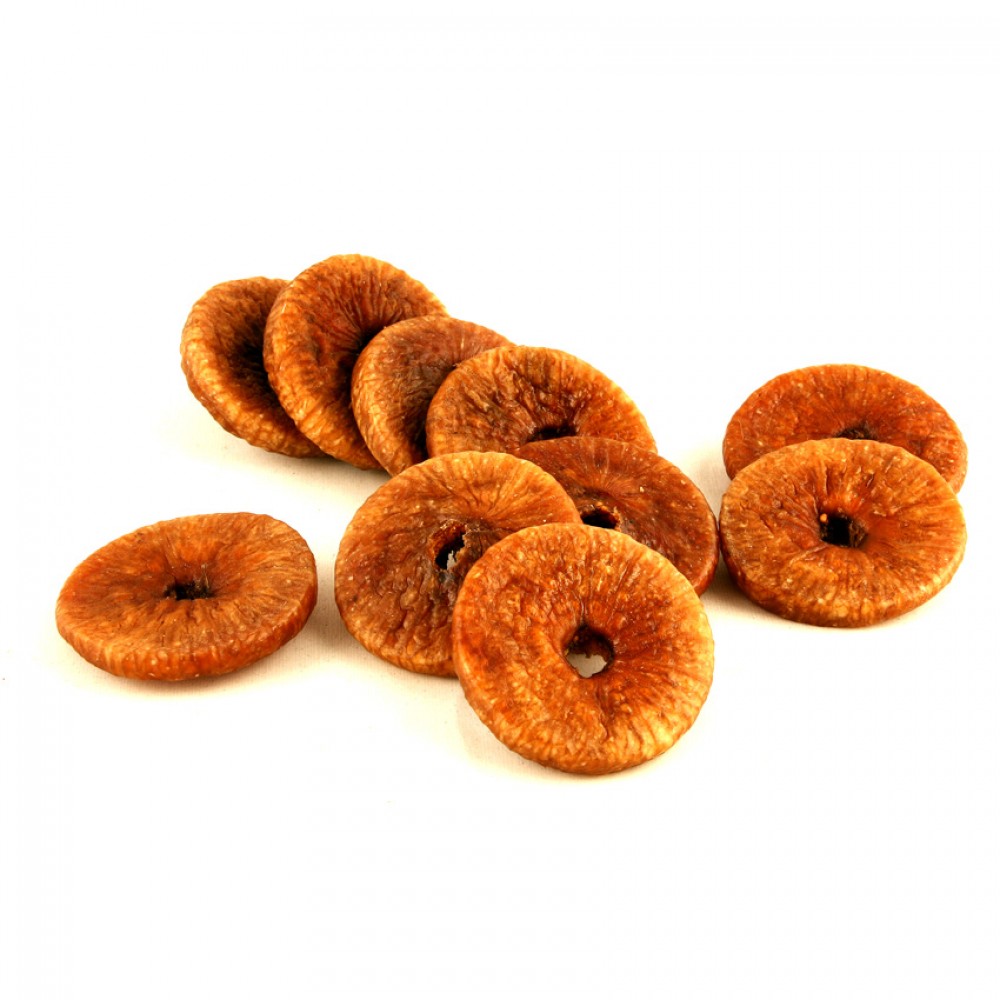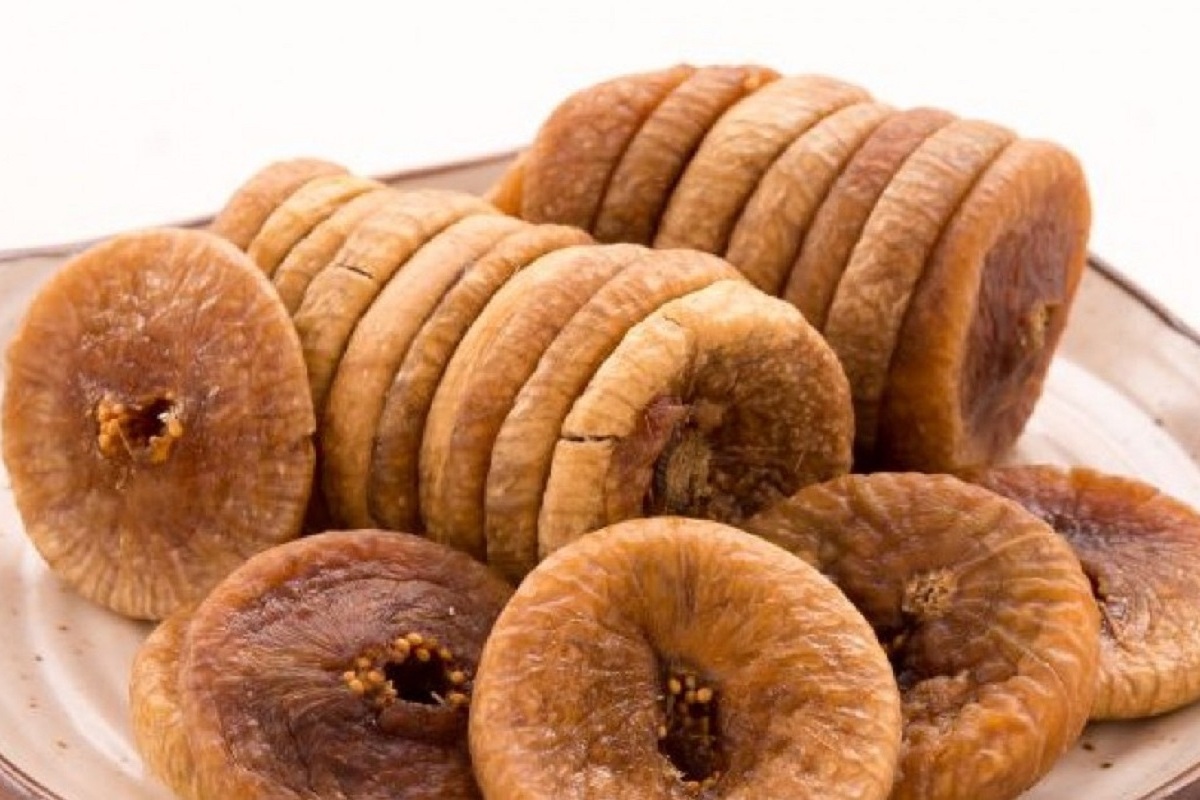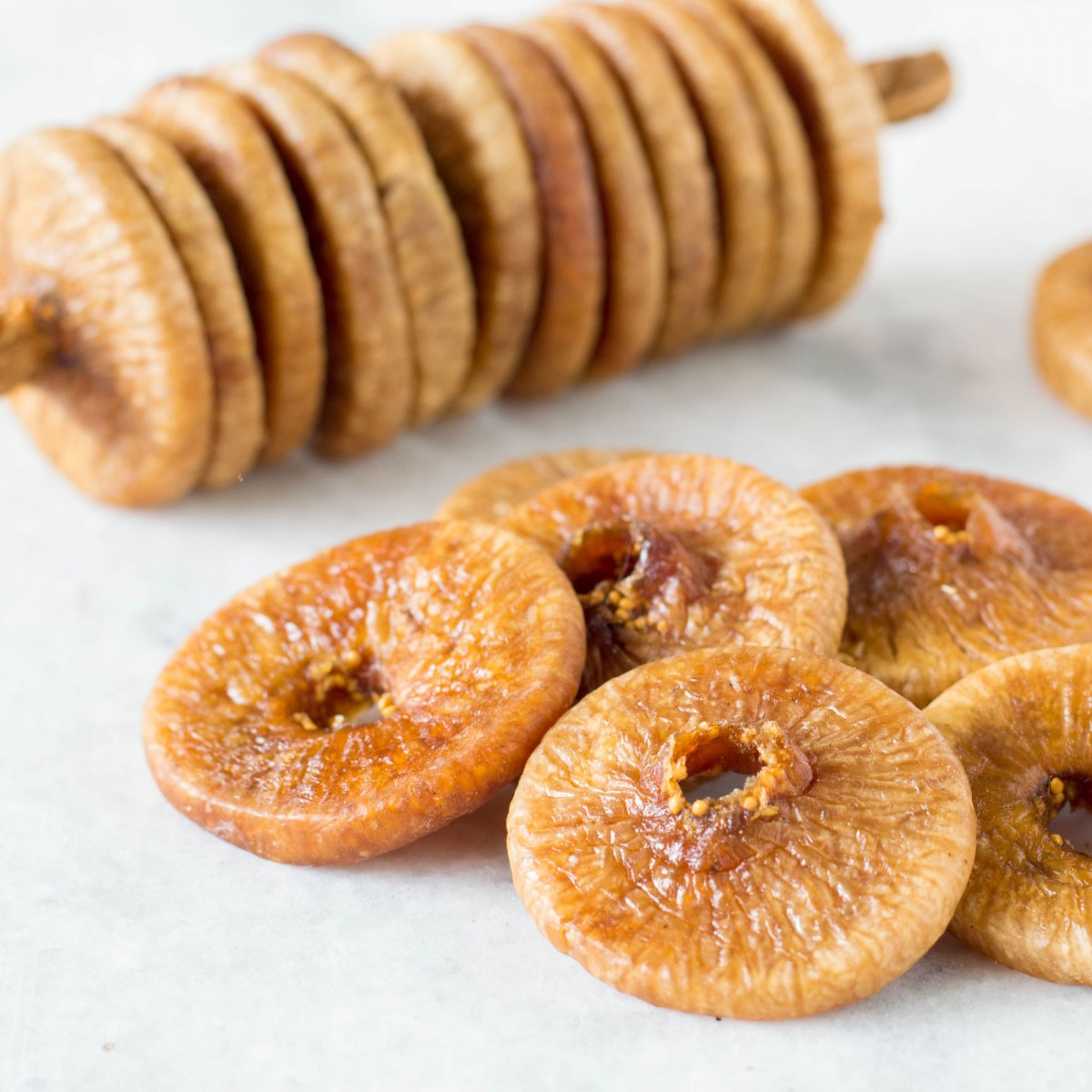5 Fig (Anjeer) Impressive Health Benefits, Types And Selection, Storage
Fig (Anjeer)
Fig (Anjeer) is an Asian species of flowering plant in the mulberry family. It is the source of the fruit also called the fig, and as such is an important crop in those areas where it is grown commercially. Native to the Middle East and Western Asia, it has been sought out and cultivated since ancient times, and is now widely grown throughout the world, both for its fruit and as an ornamental plant. The species has become naturalized in scattered locations in Asia and North America. The health benefits of figs come from the presence of minerals, vitamins, and fiber contained in the fruits. They contain a wealth of beneficial nutrients, including vitamin A, vitamin B1, vitamin B2, calcium, iron, phosphorus, manganese, sodium, potassium, and chlorine.
Buy Fig (Anjeer) Online
Fig (Anjeer) Health Benefits
Promotes Weight Loss
The fiber in figs helps to reduce weight and is often recommended for obese people. However, their high-calorie count can also result in weight gain, especially when consumed with milk. A few figs are enough to get the recommended amount of nutrients.
Buy Dry Fruits Online
Heart Health
Figs reduce the triglyceride levels in your blood and contribute to improving your heart health. Triglycerides are fat particles in the blood that are a leading cause of heart diseases. Also, the antioxidants in figs get rid of the free radicals in the body, which block the coronary arteries and cause coronary heart disease. It also contain phenols and omega-3 and omega-6 fatty acids that decrease the risk of heart disease.
Buy Nuts Online
Reduces Cholesterol Levels
Figs contain pectin, which is a soluble fiber. As a soluble fiber, pectin from figs also stimulates healthy bowel movements. They can have a laxative effect, as they are one of the most fiber-dense foods available. High amounts of fiber in your diet can benefit your overall health by preventing certain types of abdominal as well as colon cancer.
Buy Cast Iron Kitchenwares Online
Controls Blood Pressure
Figs in your daily diet helps to lower blood pressure. The fiber in figs lowers the risk of high blood pressure whereas the potassium content of figs helps maintain it. Apart from potassium, the omega-3 and omega-6 in figs also help in maintaining blood pressure.
Buy Stoneware Kitchen Utensils Online
Prevents Breast Cancer
The fiber content in figs has been known to protect against breast cancer. After menopause, the hormonal balance in women can often fluctuate. The body’s systems are so interconnected that these hormones affect the immune system, which in turn affect the ability of antioxidants to fight free radicals. Free radicals are prime factors behind the development of cancer, so figs take care of one extra line of defense by providing fiber to the body.
Buy Natural Jackfruit Products Online
Fig (Anjeer) Types
There are five common varieties of figs. Each type differs subtly in flavor and sweetness. They are:
1.Black Mission – Black Mission figs are blackish-purple outside and pink inside. They are incredibly sweet and even ooze out the syrup. They are perfect to eat as a dessert or mix in cake or cookie recipes to increase the flavor.
2.Kadota – Kadotas are green with purple flesh. They are the least sweet among all the varieties of figs. They are excellent to eat raw and also taste good if heated with a pinch of salt.
3.Calimyrna – Calimyrna figs are greenish-yellow on the outside and amber on the inside. They are larger when compared to another type of figs and have a unique and strong nut flavor.
4.Brown Turkey – The Brown Turkey figs have purple skin and red flesh. Their flavor is mild and less sweet than the other type of figs. They work well in salads.
5. Adriatic – Adriatic figs have light green skin and are pink on the inside. These figs are often used to make fig bars. They are also called white figs as they are very light colored. They are extremely sweet and can be enjoyed as a simple fruit dessert.
Buy Kerala Traditional Handicrafts Online
Fig (Anjeer) Selection & Storage
Selection
Fresh figs are available from June to November while dried figs are available throughout the year. Figs should be allowed to ripen before they are picked.
- Select figs that are plump and tender.
- Perfect and fresh figs emit a mildly sweet fragrance when slight pressure is applied. Smelly figs are an indication that they might be spoiled or have already begun to ferment.
- Stay away from unripe, green figs as they can burn your mouth and lips.
Buy Kalchatti Online
Storage
- Fresh figs do not have a long shelf life as they are very delicate. So, they should be stored in the refrigerator immediately after purchasing. Put them in a plastic or zip pouch or wrap them to ensure that they do not dry out or get crushed while handling.
- Slightly ripe figs should be kept at room temperature and away from direct sunlight to allow them to ripen completely.
- Figs can also be frozen whole, sliced, or peeled in a sealed container for more than 3 months.






















